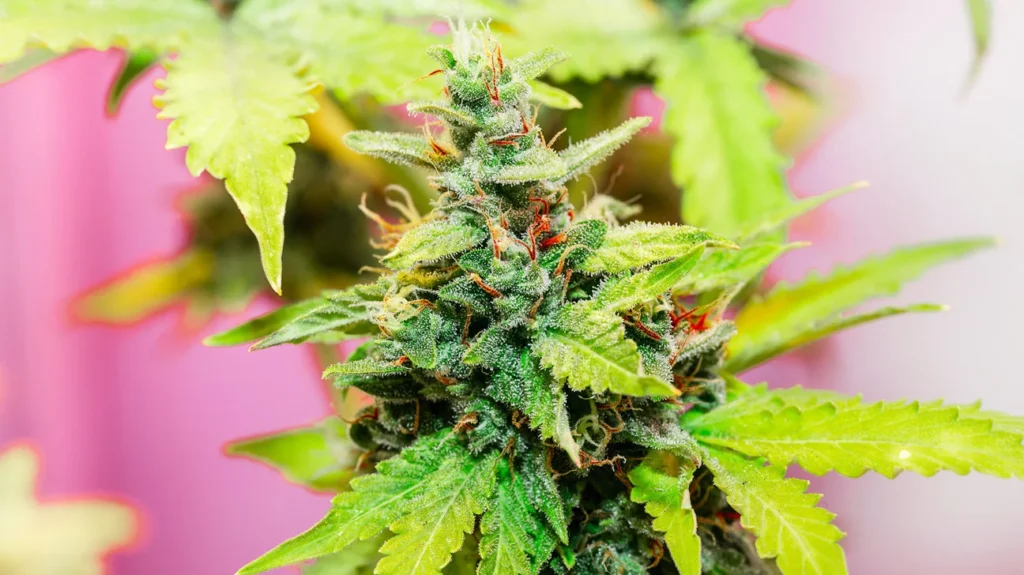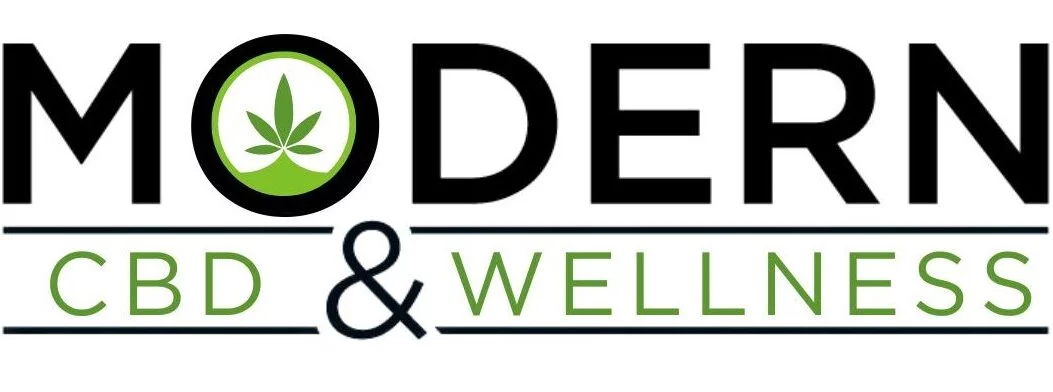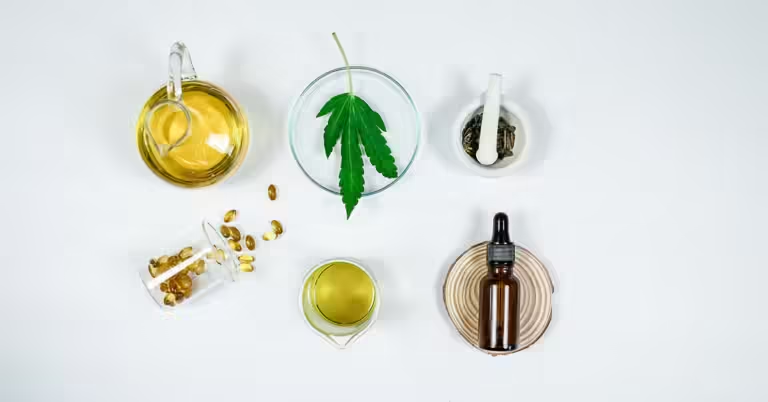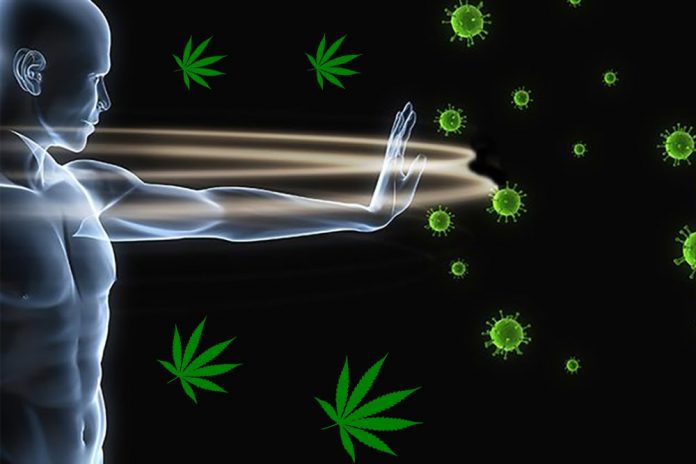What Is Considered High THC
In the cannabis world, the term “high THC” often surfaces, piquing the interest of both experienced users and newcomers. THC, or tetrahydrocannabinol, is the main psychoactive compound in cannabis, responsible for the euphoric effects many seek. Defining “high THC” involves considering the varying levels found in different cannabis strains and products, as well as individual tolerance and consumption context.
THC content is typically expressed as a percentage of the total weight of the cannabis product. For instance, a strain with 20% THC contains 200 milligrams of THC per gram. Cannabis strains are generally classified by their THC levels: less than 10% THC is considered low, 10-20% is moderate, and above 20% is typically seen as high. Some highly potent strains can even surpass 30% THC, stretching the limits of what most users consider “high.”
When defining what constitutes high THC, it’s not just about the percentages. Individual tolerance is a key factor in how THC impacts each person. Regular cannabis users often develop a higher tolerance, needing more THC to feel the effects they seek, while a beginner may find a strain with just 15% THC to be highly potent. This variability highlights the importance of not only looking at a strain’s chemical makeup but also taking into account the user’s unique physiology and experience level.
The method of consumption also influences the perception of THC potency. For example, edibles can produce a more intense and prolonged high due to the way THC is metabolized in the liver, converting it into 11-hydroxy-THC, a compound that may intensify effects. Conversely, smoking or vaping cannabis can lead to quicker onset but shorter duration of effects. Therefore, a product that may be labeled as high THC can have varying effects depending on how it is consumed.

The effects of high THC are not solely about the psychoactive experience. High THC strains can have therapeutic applications, as users may seek relief from conditions like chronic pain, anxiety, or insomnia. This therapeutic potential is further influenced by the presence of other cannabinoids and terpenes, which can modulate the effects of THC. The entourage effect, a phenomenon where various cannabis compounds work synergistically, can enhance the therapeutic benefits of high THC strains while potentially mitigating some of the anxiety or paranoia that may accompany high doses.
In conclusion, high THC varies based on a range of factors, including strain composition, individual tolerance, and consumption method. While a general guideline categorizes anything above 20% THC as high, the subjective nature of cannabis consumption means that the definition can differ from person to person. As the cannabis industry continues to evolve, understanding these nuances is crucial for consumers seeking to navigate the diverse landscape of cannabis products, especially in a market increasingly focused on potency and its implications for both recreational and therapeutic use.






